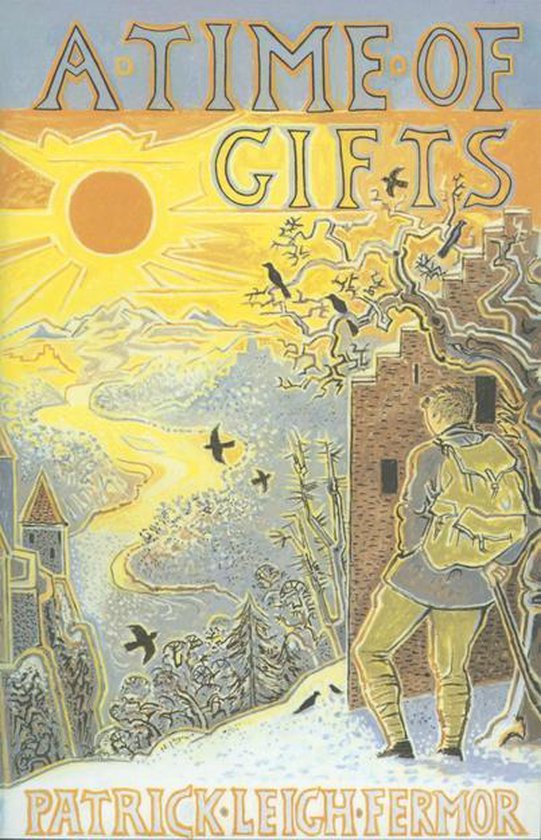
I'm very much enjoying this 1977 book about PLF's trek across 1930's Europe.
I've just got to the bit where PLF is staying with Baron Rheinhard von Liphart-Ratshoff after he had his rucksack, journal, passport and everything stolen from the youth hostel in Munich. PLF writes that the Baron is a displaced Baltic German who'd lost his estate of Ratshoff in Esthonia (sic) after WW1.
Curious to find out more I turned to Google: the Baron's name as spelt by PLF turned up zero as did Ratshoff as spelt with double f.
However, lopping off an f came up with this Wikipedia page on List of German exonyms for places in Estonia.
http://en.wikipedia.org/wiki/List_of_German_exonyms_for_places_in_Estonia
Ratshof is now called Raadi, now a suburb of Tartu. Indeed, as PLF states, the grand manor house became the National Museum of Estonia in 1922.
View Larger Map
There is a fascinating summary with some evocative photos on the website of the Estonian National Museum here:
http://www.erm.ee/?lang=ENG&node=199&parent=64
Raadi manor, located right next door to Tartu, was notable for its well-endowed collection of books and art, and the salon evenings held there. For several generations, the owners, the von Lipharts, were key figures in the educated local German classes and the St. Petersburg intelligentsia. Raadi’s golden age was the first half of the 19th century, when musicians and artists frequented the manor. The wife of Czar Paul I, Maria Fyodorovna, was enthralled by the manor park.
The German manorial culture entered a period of decline at the turn of the century, one reason being its relative isolation. This tendency is noticeable in the case of Raadi manor: the former stylistic sensibility disappeared as seen by the extensive and stylistically ham-handed renovation of the palace.
The Lipharts left Estonia around World War I taking with them the most valuable part of the collection. The manor was acquired by the University of Tartu. From 1922–1944, it was leased to the Estonian National Museum.
In autumn 1940, over 100 hectares (250 acres) of the estate was annexed for the expansion of the Soviet airfield. In 1944, the manor caught fire during a Soviet bombing raid.
The lake seen in the old B&W photos and the Soviet airfield can both be seen in the aerial photo above.
Furthermore there is another tantalising postscript regarding Karl von Liphart before whom PLF sat for his portrait (p. 112) . Google turns up a 4-page pdf of the Claims Resolution Tribunal re Holocaust Victim Assets Litigation. A descendent made a successful claim against a Zurich bank and was awarded 26,750 Swiss Francs.
Karl (Charles) Edouard von Liphart (de Liphart), who was born on 23 August 1900 in Ratshof (Tartu), Estonia. According to the Claimant, her uncle was an artist who resided in Munich, Germany, from 1923 until 1929; in Paris, France, between 1929 and 1932; and in Munich from 1933 onwards. The Claimant stated that her uncle was targeted by the Nazis because he was homosexual.
The CRT notes that a search of the internet for Charles Edouard von Liphart indicated that he was born in 1900 and died in 1976, and that his artworks included Baltisches Dorf ( Baltic Village ) and Weg Zu Den Tuillerien ( Path to the Tuilleries ).2 The search did not reveal information about von Liphart s life during the period from 1933 to 1945.
The Claimant has made a plausible showing that the Account Owner was a Victim of Nazi Persecution. The Claimant stated that the Account Owner was homosexual, and that he resided in Nazi Germany from 1933 onwards.
No comments:
Post a Comment